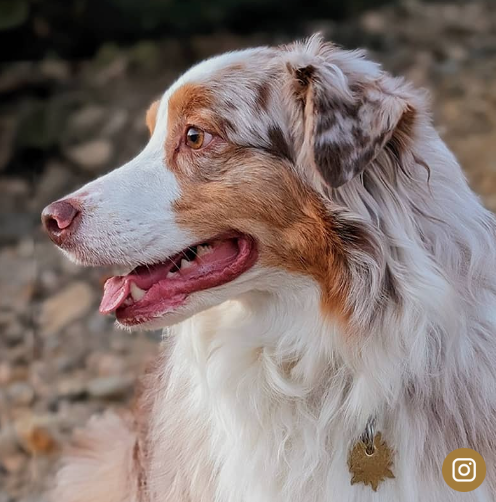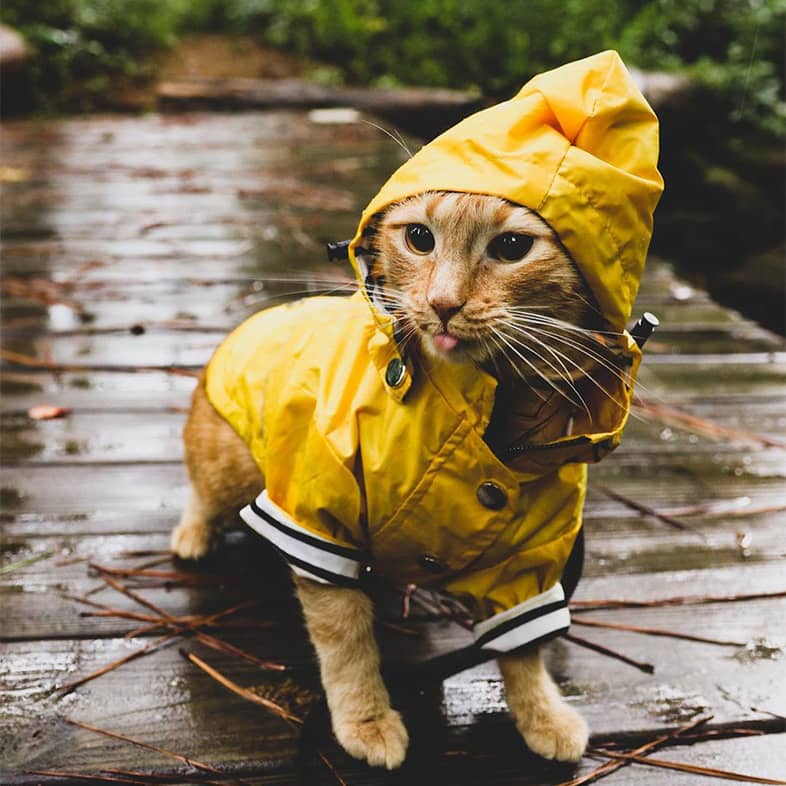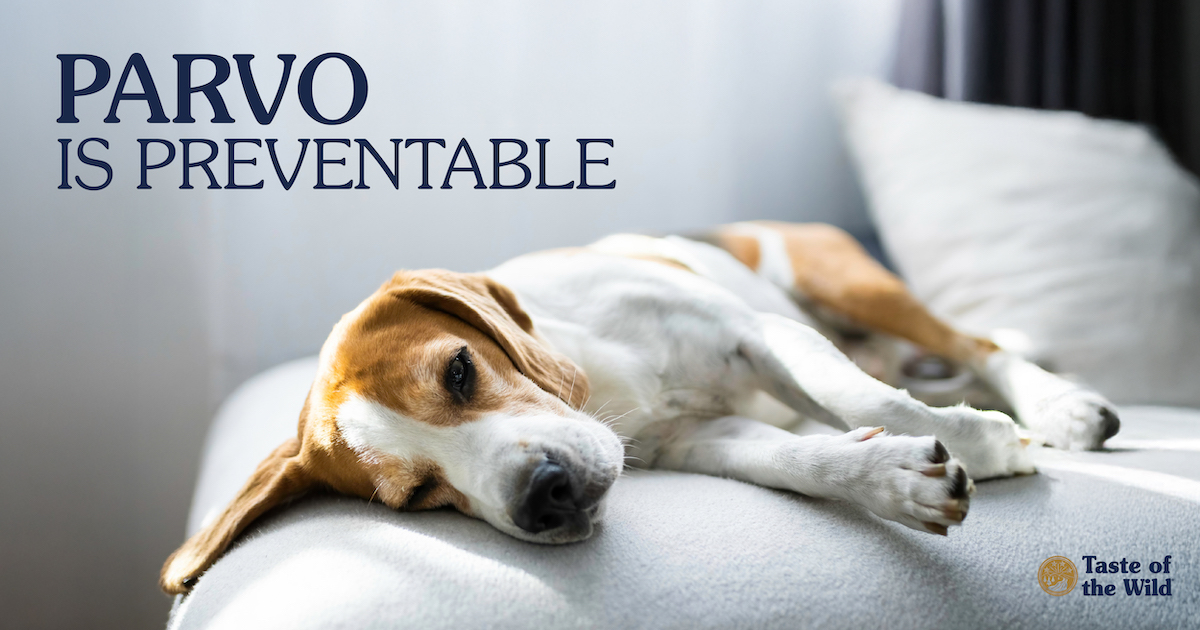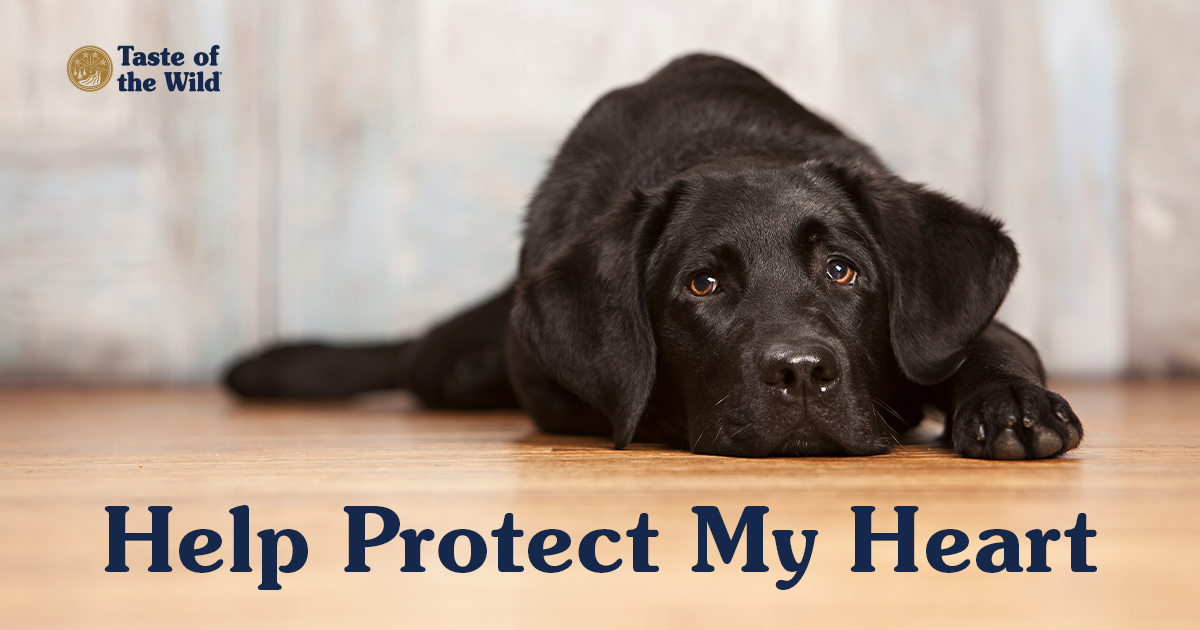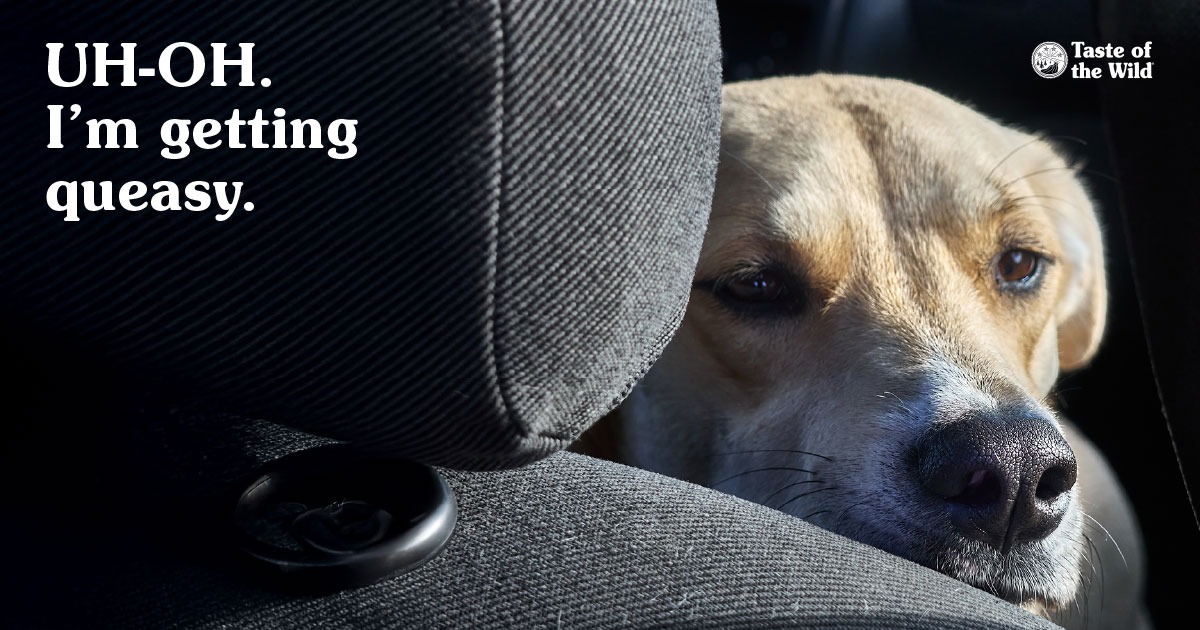Autumn Safety Tips for Pet Owners
Category: Health
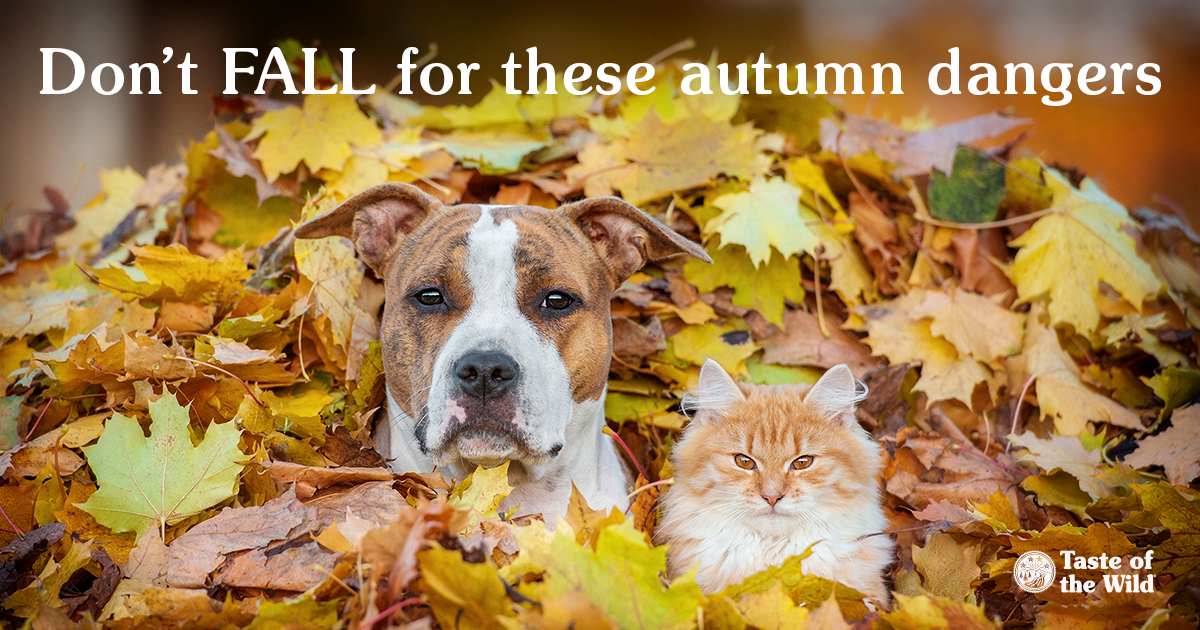
It’s the time of year when the scent of pumpkin spice wafts through the air and dogs are rolling around like crazy in piles of crispy leaves. Fall is also an important time to protect the safety and well-being of your pet from seasonal hazards. Here are some pet safety tips to share with family members as we move from summer to fall.
During Fall, Pets Still Need Exercise and Grooming
With their summer playmates leaving the house for school, is your pet napping the day away on the couch? Consider hiring a dog walker to take your pooch on a stroll around the neighborhood during the day. Schedule a game of laser chase with your cat over your lunch hour or find an indoor activity to play with your dog. You could also drop your dog at day care so they can romp, socialize and burn off energy while everyone is out of the house.
Many pets have the advantage of a thick coat for cold weather, but they prepare by shedding more in the fall as that winter coat comes in. Take the time to brush your pet regularly, so there will be less hair to clog your vacuum cleaner.
Fall Pet Safety Tips for Inside Your House
The change in temperature may mean firing up systems that haven’t been used in a while. Make sure your regular maintenance includes inspecting for cracks and drafts in your heating system, flues and fireplace and checking that carbon monoxide detectors have new batteries and are working.
When there’s a chill in the air, rodents are drawn inside where it’s warm and there’s plenty to nibble in your cupboard. The tips for sealing your home to keep out the cooler weather will help keep out the pests, too, but be alert if you have to place rodenticides. Keep these out of your pet’s reach: depending on the type of poison, they can lead to internal bleeding, kidney failure, seizures and death if eaten by pets.
Keep Human Cold and Flu Medications Away from Pets
Some of us begin the fall season with a stuffy nose or sneezes. Remember that your over-the-counter drugs may contain potentially dangerous ingredients for pets. If you’re sick, you don’t want your fur buddies to ingest your medicine by accident.
Acetaminophen can be problematic for dogs, but it’s especially toxic to cats, where it can lead to liver failure and poor oxygen delivery to the body. Ibuprofen and naproxen, often combined with decongestants, can cause ulcers or liver and kidney damage. And certain decongestants, in high doses, can cause seizures and death in pets. Why risk it? It’s best to keep all cold and flu meds out of the reach of curious pets.
People who suffer from hay fever and ragweed allergies can be miserable until the first frost. Then trees contribute their fallen leaves and debris. Pets who have environmental allergies may show an increase in symptoms as the weather changes. If your pet is itching, scratching or chewing on their skin, consult your veterinarian for ways to help bring your pet relief.
No Halloween Candy for Your Pets
If your children (or you) come home with a bucket full of Halloween candy, keep it out of reach of your pets. Chocolate is toxic to cats and dogs, and sugar-free varieties of candy containing xylitol are toxic to dogs. Pets should also avoid eating large amounts of sugary foods. The best plan is to keep candy and chocolate treats away from your dog and cat and limit their sugar consumption. There are plenty of treats made just for pets, so stick to those for your furry friends.
Fall Season Safety When Outdoors with Your Pet
With the sun setting earlier, you may find that your usual walking times are in the dark. It’s a good time to buy a reflective leash, collar or coat to make sure your pet has good visibility for nearby cars and cyclists. As dawn and dusk creep in, you may want to create a fall route that avoids busy roads or favors streets or parking lots with good lighting.
Cooler temperatures aren’t the highlight of the year for dogs and cats who have thin coats or are hairless. When you want to wear warm clothing, your pets may need to wear extra layers, too. Support them in the shiver season with pet sweaters or footwear (like cute booties) so they can do more than look out the windows as the weather heads toward cool air and snowy days.
The end of summer doesn’t mean the ticks are hibernating. Help keep your pet protected with regular tick prevention and thorough tick checks when they come indoors. Mosquitoes can also still be buzzing around during autumn and even winter in some areas. That’s why it’s important to maintain heartworm protection year-round.
More Autumn Safety Advice for Pets
Although many wild mushrooms aren’t toxic, some common backyard species can be poisonous and even deadly if eaten by dogs and cats. For example, as little as half of a fresh “death cap” mushroom (Amanita phalloides) can be fatal to an adult dog. Since many mushrooms can look alike, it may be simpler to ensure safety by removing them from your yard and keeping pets on a leash when hiking in the woods.
Are you getting your car ready for winter? Antifreeze and other car products may contain ethylene glycol. Many dogs and cats find its sweet taste inviting, but ingesting a large enough amount can lead to kidney failure. Watch for the whereabouts of your pets if you do this vehicle care at home: be sure to clean up any spills on the garage floor and lock all car products away from wandering pets.
With a little preparation, you can help protect your pet from seasonal fall hazards. Keep this autumn safety information on your calendar and prepare to feel as warm and comfortable as when you slip on your new flannel shirt and cozy up on the couch in front of the fire.
The information in this blog has been developed with our veterinarian and is designed to help educate pet parents. If you have questions or concerns about your pet’s health or nutrition, please talk with your veterinarian.
